When we think of the jungles of Asia and the wildlife they contain, monkeys and tigers often top the list. That is why you will find monkeys dominating the gallery below.
Tigers are not so easy to photograph well. Like most cats, they tend to hide, and are rather wary of humans. Check out my post on tiger photography to learn more about capturing great images of these magestic cats in the wild.
However, there is much more to the mammals of Asia. The continent has the most cat species (though I have only photographed two), plenty of deer, the spotted deer, barking deer, wild buffalo and even the one-horned Rhino.
The cutest are definitely pandas, both red and giant. I have included two images of the red panda below despite taking them in a zoo. The other images are all taken in the wild.
Best destinations for wildlife spotting
Borneo
There are many great spots for wildlife watching in Asia. Birding is good all over but the best places to find specifically Asian Mammals are probably India and the Sunda Islands (Borneo and Sumatra).
Borneo has many unique species, or at least species that are confined to the neighboring islands. The Borneo Bay Cat, the Orangutan and Probiscis Monkeys come to mind. There are also local species or subspecies of more widespread animals. For example the Sunda Clouded Leopard and the Sumatran Rhino, and Sumatran Tiger. Many of the mainland species are found here as well.
Five different cats are found on Borneo. The Dermakot Forest Reserve and the Danum Valley Conservation Area are two of the best places to see cats.
India
India is of course large and there are many places that are great for finding mammals. There are, for example, 15 cat species in India. Many more mammals live here in South Asia.
Beside the cats elephants and red pandas are a big draw.
The National Parks system is fantastic and well organised. Visit Kaziranga for one-horned rhinos. Ranthambore is great for tigers. Kanha is known for its population of Barasingha Deer.
Further south, check out Kabini and Tadobo National Parks for the black panther. Melanistic leopards are most often seen in these parks.
Corbett National Park is a top draw for Elephants. Find out how to photograph elephants here.
Other mammal rich destinations:
There are many other regions in Asia for mammal watching. Here are some of the best:
- China’s Valley of the Cats for Snow Leopards
- Sichuan in China for Giant Pandas
- Eastern Nepal for Red Pandas
- Sri Lanka: The southern coast has great whale watching, including blue whales.
- Japan: Jigokudani is known for the ‘Snow Monkeys’, macaques who bathe in hot springs.
Check out my gallery of Asian Mammals
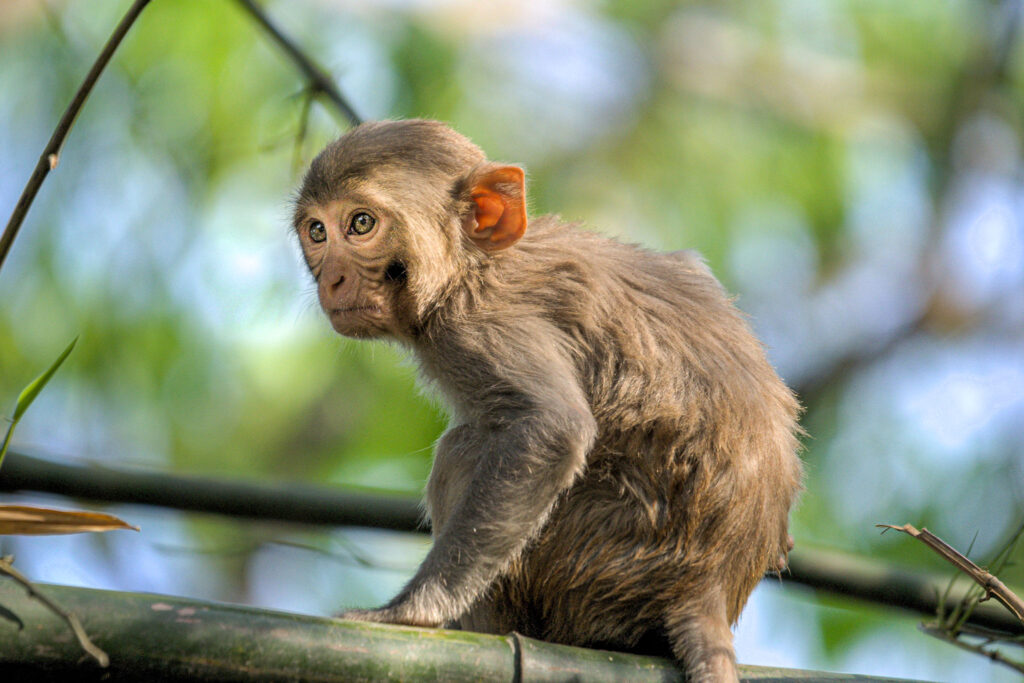
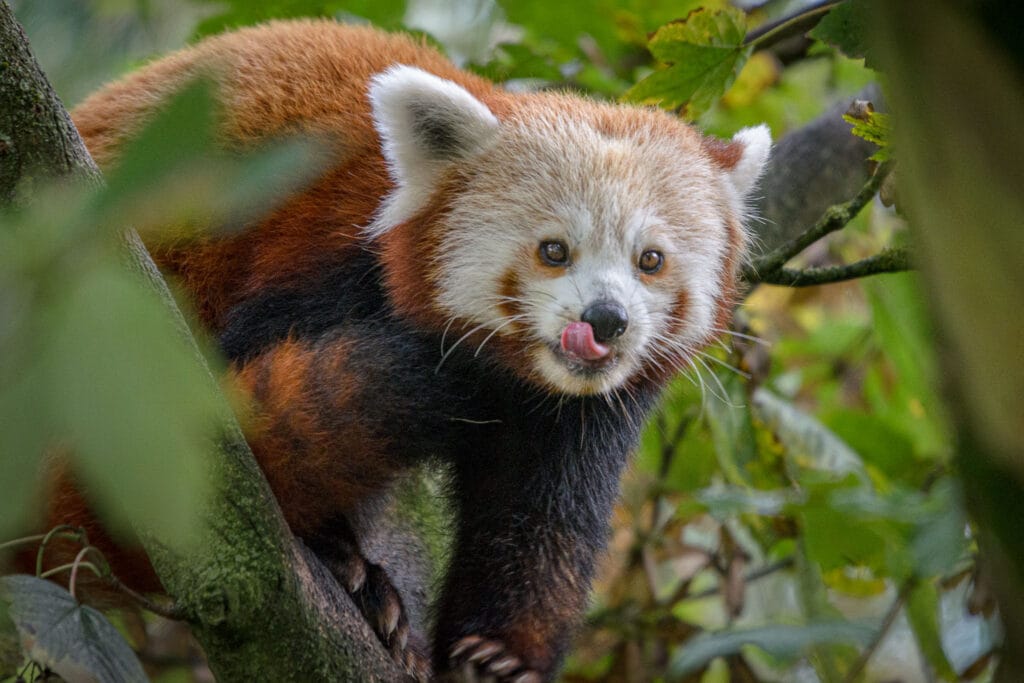
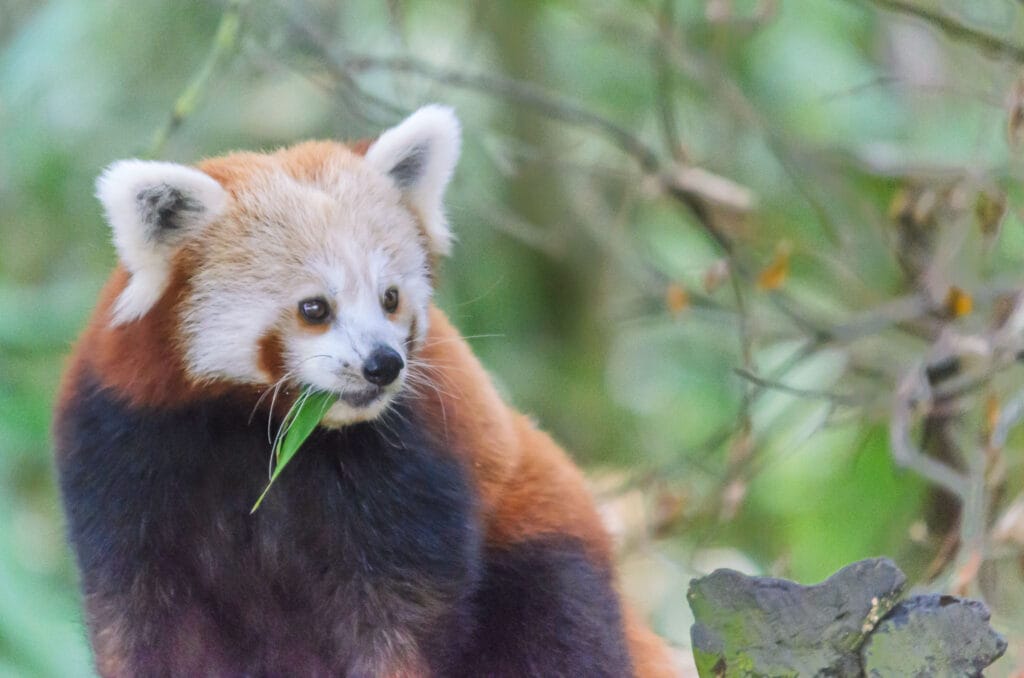

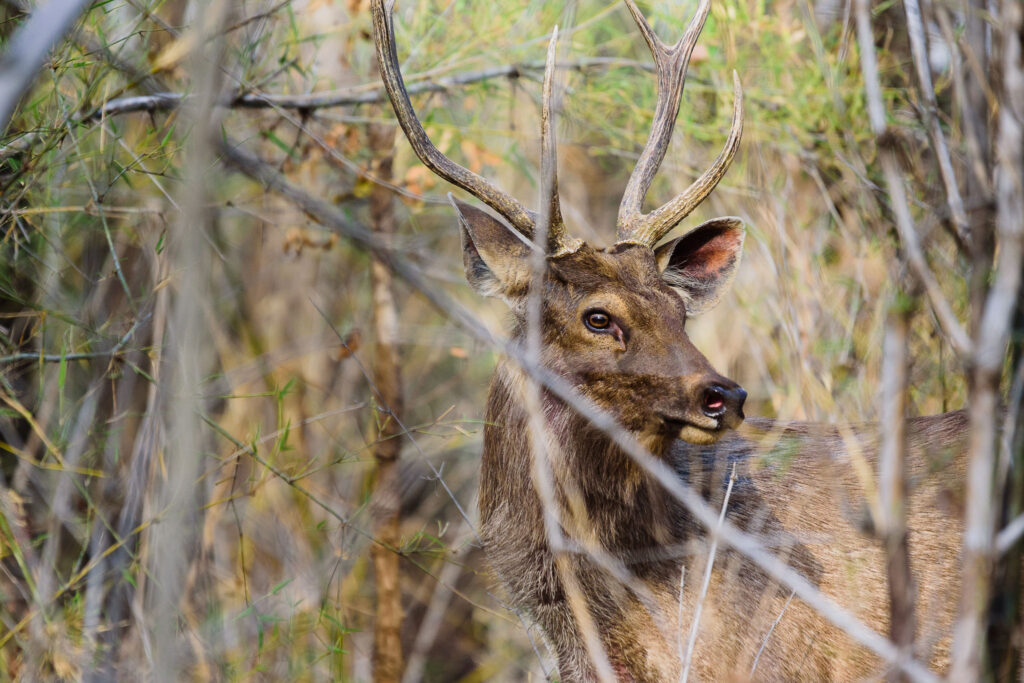

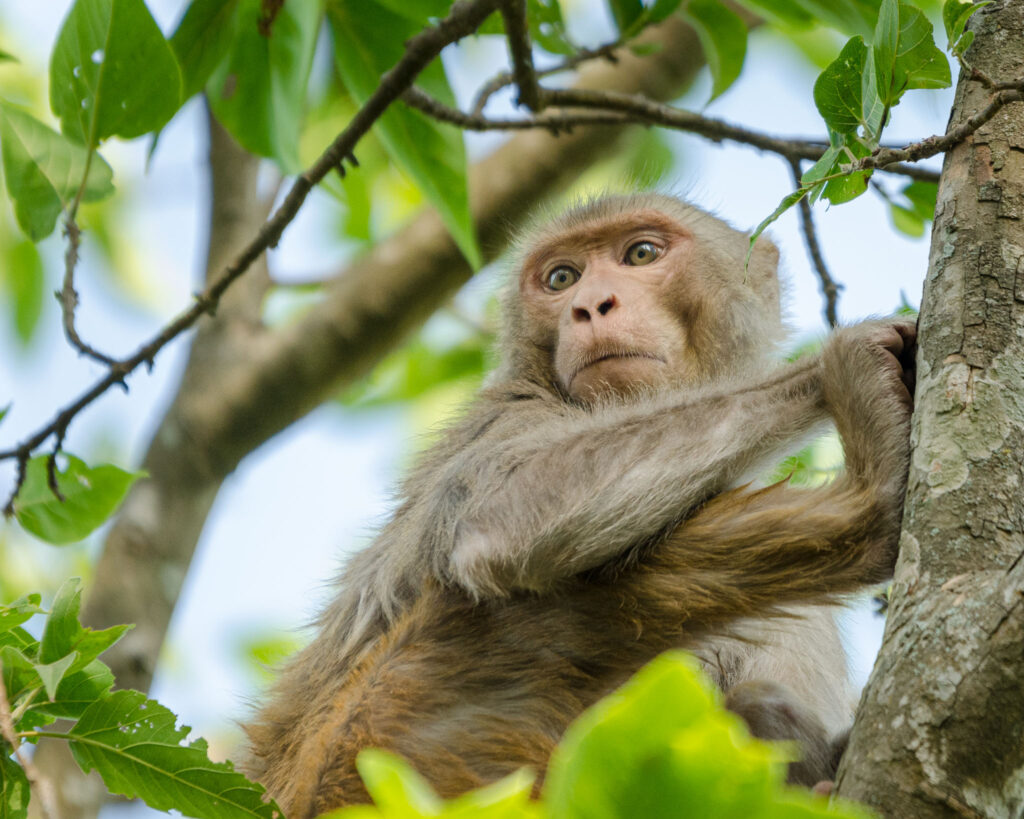
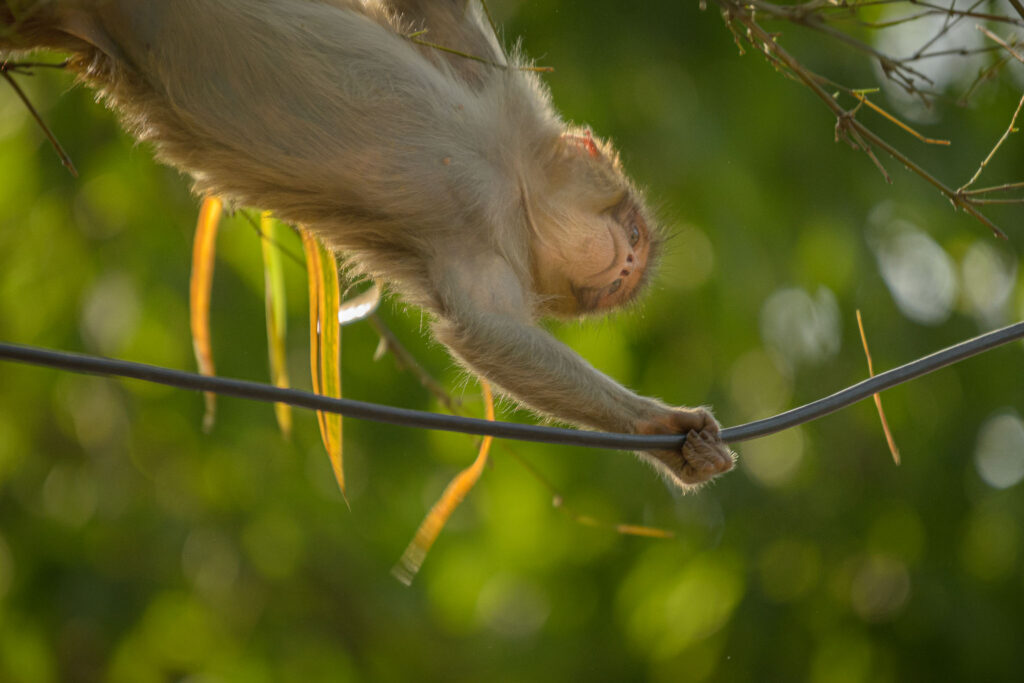
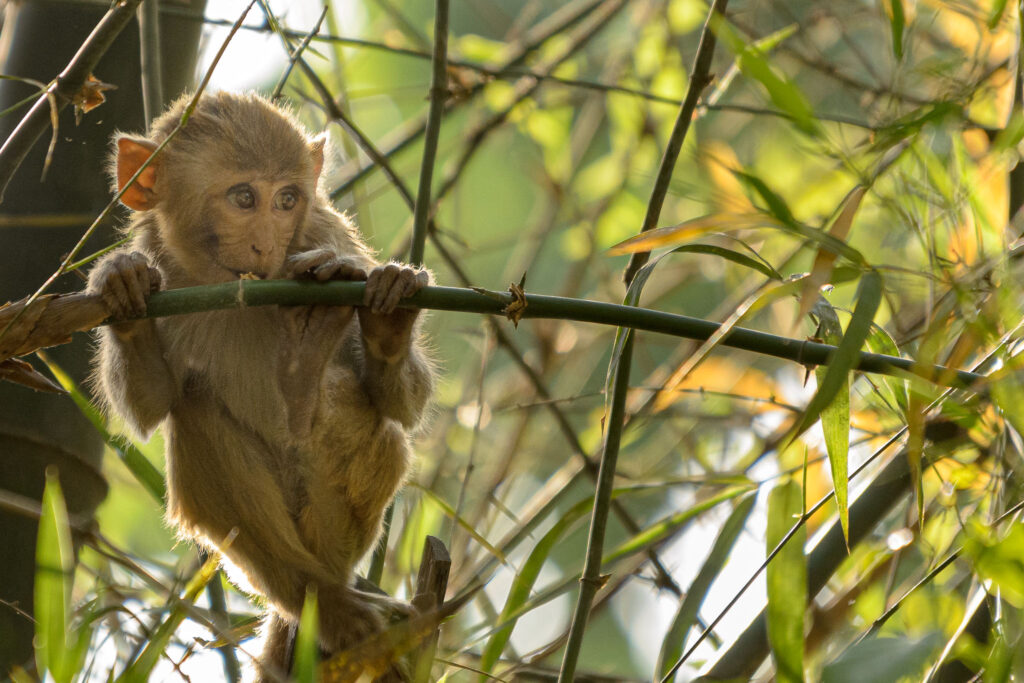
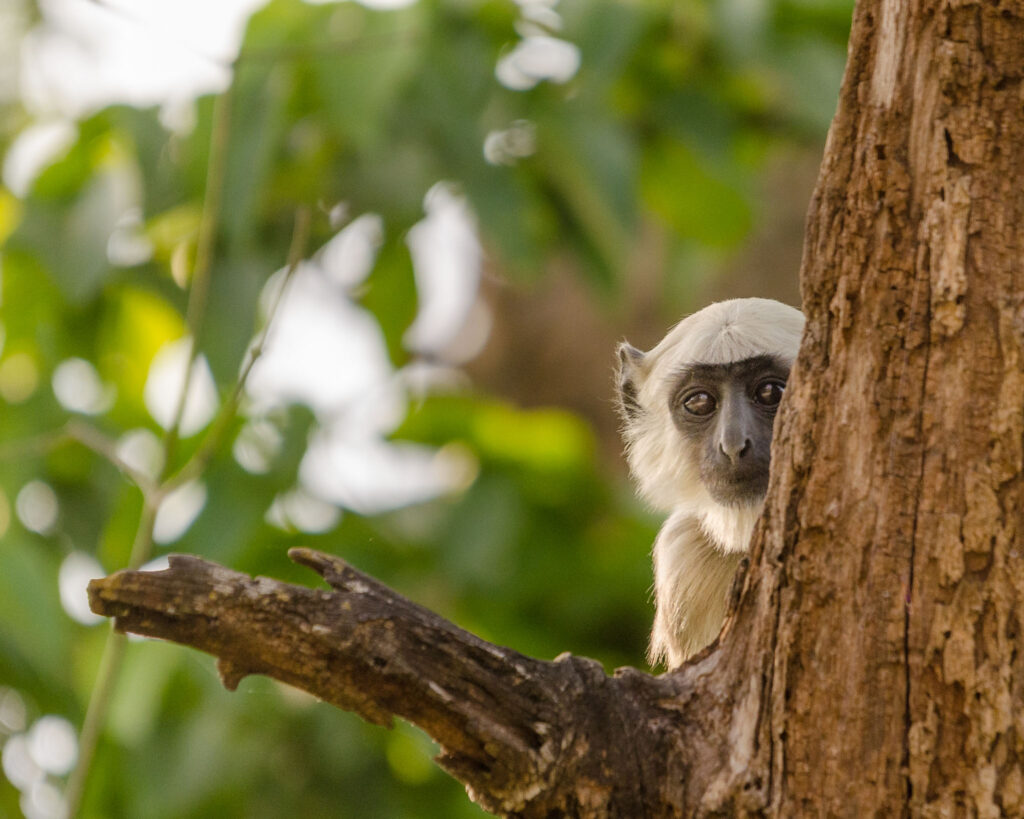

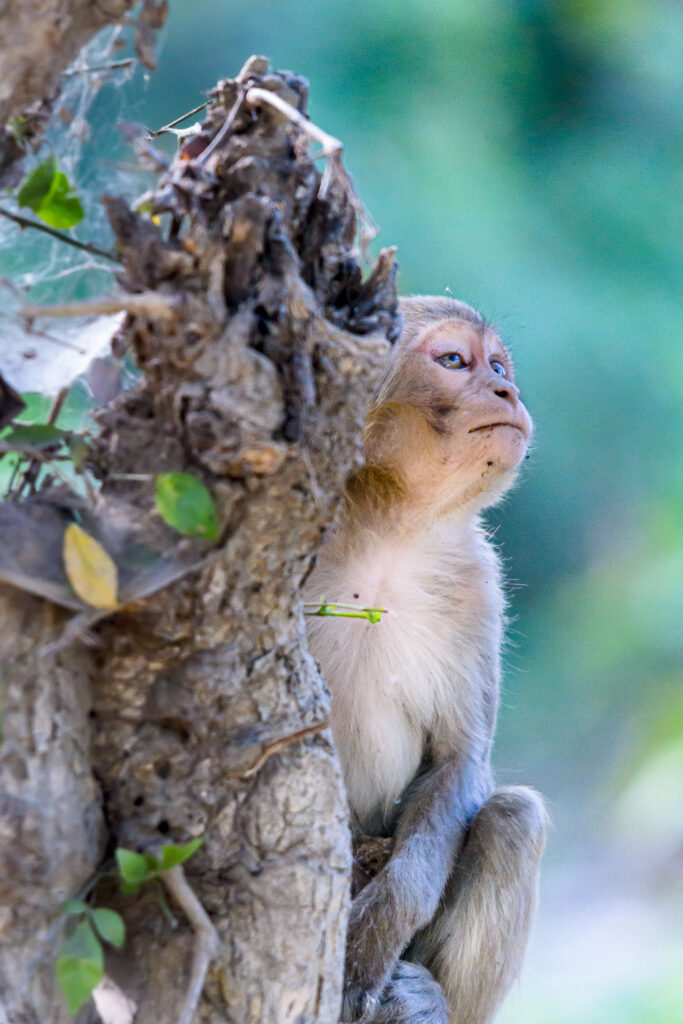

Why take images in the zoo?
I visit zoos for several reasons. Some do great research, and some have special breeding programs for endangered species. Not all zoos are good; some are unethical, but quite a lot make an effort to care for the welfare of their animals.
The red pandas above were photographed on a visit to Fota Wildlife Park, which is known for helping to recover the European Bison population and for breeding cheetahs.
I went there for two reasons. One is to see the wildlife, learn their habits, and discover how they move. Watching animals is essential if you are to figure out how to get the best photos of them. Knowing and anticipating wildlife behavior is fundamental to good wildlife photography.
The second reason was quite simply practice. When you get a new lens or camera, getting to know the camera/lens combination is an absolute must before you try it in the field. Knowing your settings, knowing how well the lens focuses, and so on are skills that are basic but can upset you in the field if you haven’t tried them before.
Skills learned in a zoo are the basics but it is better to have them ingrained before you go out after the animal in the wild. Of course, not everybody lives near an ethical zoo, and some people live in areas where they have the opportunity to practice in their gardens. But if you are a city dweller in an apartment then I suggest taking advantage.
